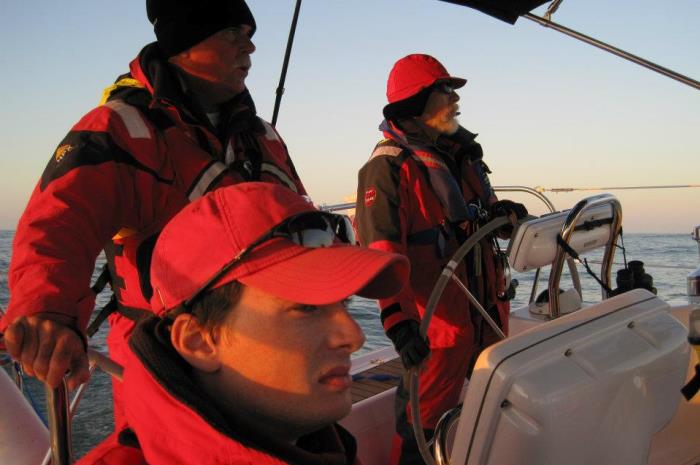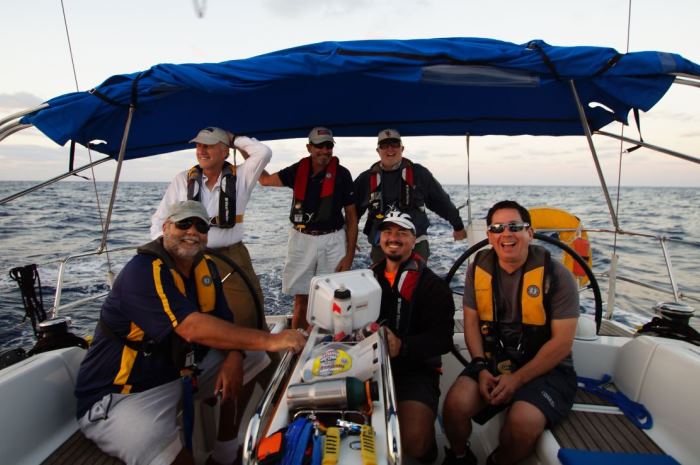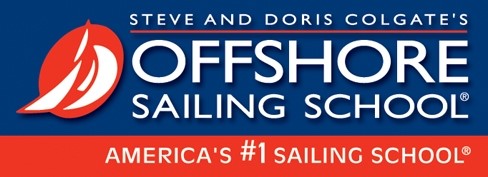Offshore Passage Making
Offshore Passage Making Takes You Out to Sea
Even if you live within sight of the sea, it is easy to forget that our world is mostly water. The open ocean – that vast expanse of international waters – begins just a few miles out and spreads across three-quarters of the globe. It is a place that remains radically free, exciting, breathtakingly beautiful and most unforgiving if you don’t know what you are doing. Now that you’ve achieved your Coastal Passage Making Certification, it’s time to go further offshore and experience longer periods underway, out of sight of land, while learning in the ultimate blue water sailing school environment.
The Final Course in the US Sailing Certification Program
Offshore Passage Making is our most advanced open water sailing certification course, for experienced sailors who want to build skills, knowledge and confidence in preparation for long passages in open waters. If you are indeed moving towards a long passage over vast ocean stretches, your first open ocean sailing lesson could make or break your desire to pursue that goal. Offshore Sailing School is very conscious of your safety aboard, and requires that two U.S. Coast Guard licensed instructors are aboard at all times. Passage Making instructors are certified at the highest US Sailing instructor certification level to teach Offshore Passage Making courses.
Fast Track® to Offshore Passage Making Course
The course is held at our Florida locations, with the first three days staying ashore at the resort while you learn Celestial Navigation. Then you board one of our 40′-47′ monohulls or 40′-45′ catamarans and head out onto the Gulf for the Offshore Passage Making Course. Please call 888-454-7015 for course dates, rates, and availability.
The Journey and Reward
The Offshore Passage Making Course is six days of mostly non-stop sailing. In this open water sailing certification course your journey takes you out to sea, logging 600 miles (at least 250 of which are 50 miles away from shore) before you return to base or your destination on the sixth day of your trip.
You learn with a maximum of five other students, divided into two watches working in four-hour shifts, each watch led by an instructor as watch captain. Berths are shared. Each watch is in charge while “on” – crewing, navigating, steering, covering everything necessary for successful journeys on your own.










